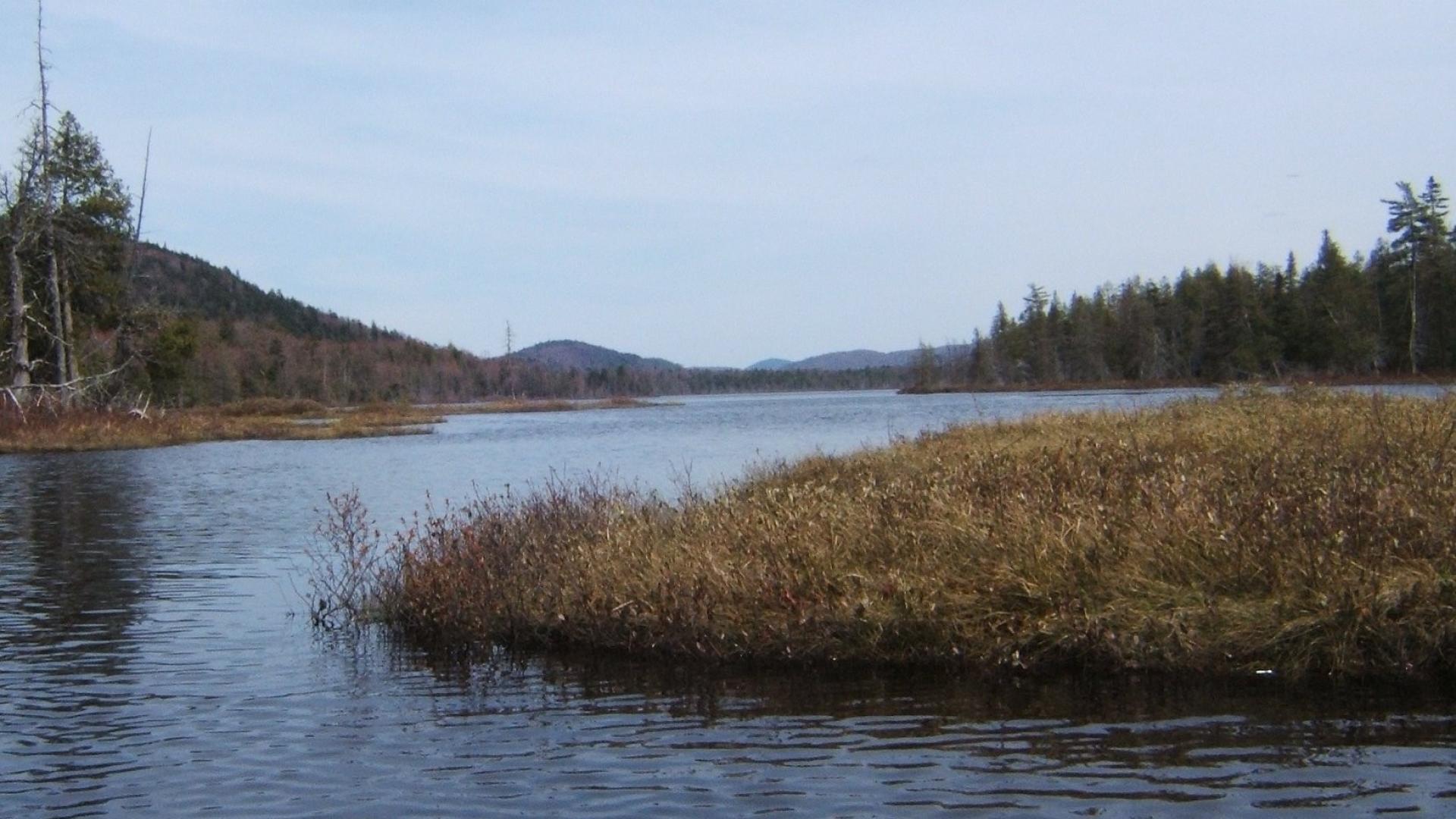When it comes to buying gear for your paddling adventure you shouldn’t make the wrong decision on what paddle to use. There are also special steps that should be taken to get the appropriate paddle for your time on the water. Below I would like to share with you a few important tips to help with purchasing the right paddle and, more importantly, sizing yourself for a paddle.
Local rental programs
First, start with a
local retailer especially if you want to try before you buy. Most outfitters rent canoes, kayaks, and equipment – use them to your advantage, you don’t need to rent a canoe or kayak to try out a paddle. “Try before you buy” they say, and many outfitters will even use your rental fee toward the purchase of a paddle.Let’s start with a kayak paddle. It’s actually an easy process but paddles have different qualities and construction that might not be realized.
Measuring for a kayak paddle
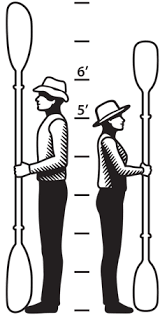
This is very easy to do. Kayak paddles come in three popular sizes 220, 230, 240. While longer and shorter paddles are available, most outfitters carry fewer of those. Use this graph below to help determine your size.
| Width of your kayak | Under 23" | Most Common 24" to 28" | 29"-33" | Over 30” |
Paddler Height Under 5'5" | 210-220 cm | 220-230 cm | 230-240 cm | 250 cm | |
5'5" - 5'11" | 220 cm | 230 cm | 230-240 cm | 250 cm | |
6'+ | 220-230 cm | 230-240 cm | 240-250 cm | 250-260 cm |
Once you determine the length of the paddle you need consider the shaft size. If you have small hands look for a small shaft, most women prefer a smaller diameter due to their smaller hands.
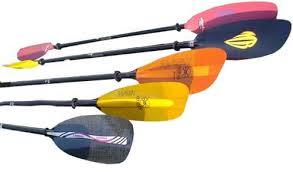
Blade design is next and this can be very important for the enjoyment of your paddling experience, and can also affect your fitness outcome. There are three types to choose from:
- A wide blade is for high-angle paddling and power strokes. The wider and shorter blade will give you more power by displacing more water, but it is more tiring on longer trips. This blade can give you one heck of a workout.
- A longer and narrower blade is for low-angle paddling. This is great for leisurely travel and is much less tiring over long distances. It displaces less water so they tend to be a bit less efficient.
- There is also an all-purpose blade which is located somewhere in the middle. This blade will work fine for most all types of paddlers and styles. If you are a first time paddler this is usually the what you will choose.
Weight is a huge factor
- Aluminum is heavier and sturdier, and it does get cold during colder conditions like early spring and late fall paddling.
- Fiberglass and carbon fiber are much lighter but can get dinged up easily on rocks. These are perfect, though, for long days on the water.
- A plastic blade with carbon shaft is kind of the best of both worlds: light-weight and a durable blade. The plastic blade will take a beating and the carbon shaft is comfortable to manage.
Do you want the paddle to feather? Meaning, do you want to change the direction of the blade? Feathering a blade is an option that some use to reduce fatigue on their wrists over long periods of time on the water. Feathering also reduces wind-drag on the blade when it is out of the water, reducing overall fatigue. Feathering seems to be a love-hate relationship with many users. It takes a bit of practice to use the feather technique to your advantage. A paddle that feathers can also be used as a straight paddle, it adjusts to three settings.
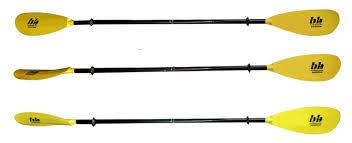
Measuring up for a canoe paddle
Now for the canoe paddle. This is actually not a whole lot different than choosing your kayak paddle. Measuring often gets overlooked and people just buy whatever feels good in the shop. Of course, it needs to feel good, but it also need to be the correct length.
Follow these steps ahead of time so you know what you need when you get there. As a reminder, all paddles are sold in 2-inch increments and if you fall in-between, it’s always best to size up. For a wider canoe or a canoe with much higher sides, consider adding 2 inches to the total paddle length to avoid over reaching or excessive banging the sides of the boat.
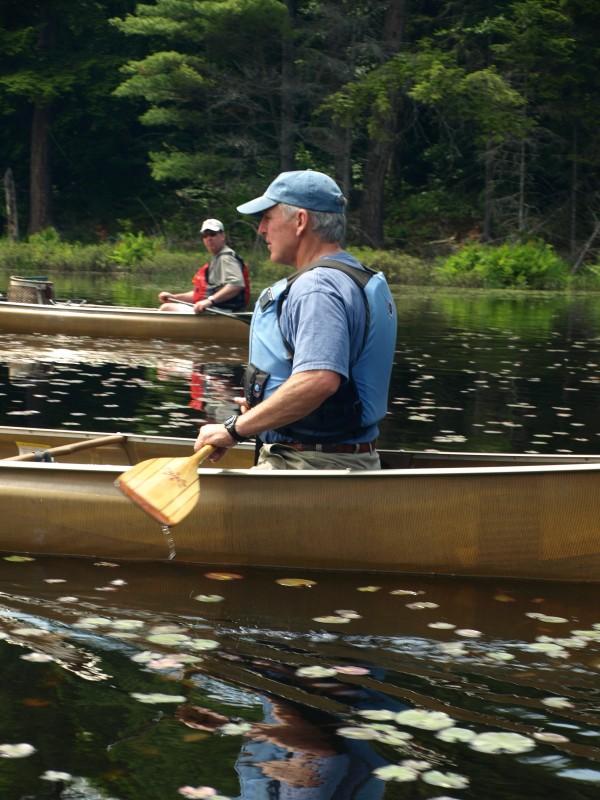
A straight shaft paddle’s measurements are a bit different that a bent-shaft paddle. Start by kneeling down on the floor with your butt about 6" off the floor, mimic the thought of sitting in a canoe. Now have someone take a tape measure, and measure from the floor to your nose as you look straight ahead - fight the urge to look down. This number is the length of the shaft of the paddle you should purchase. Add this measurement to the blade length of paddle you are looking at. The combination of these two numbers will give you the length of the paddle recommended for a straight shaft paddle. For a bend-shaft paddle it's super simple--just reduce that number by 2 inches.

If you are already in the store and don’t have these number available- or you are like me and write it down and leave that sticky note on the counter next to your morning coffee, just kneel as above and place the paddle with the handle on the floor and face straight ahead. The throat (where the shaft and blade come together) should be somewhere between your mouth and the tip of your nose.
Canoe paddle shaft styles, blade shape, materials, weight and such
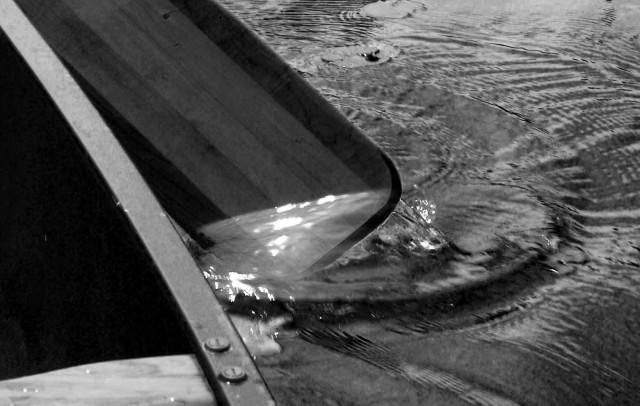
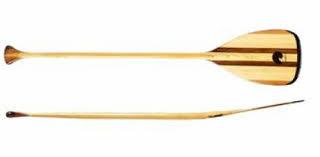
The best paddles balance weight, strength and flexibility all into one beautifully crafted stick.
- Straight: This traditional style is for all-around paddling but best on rivers, they help with frequent maneuvering and bracing strokes.
- Bent: This style is best for flatwater paddling, and maximum efficiency. The blade remains upright in the water at all times and helps with smooth transitions from in to out of the water.
- Blade shape: This is easy to determine.
- A longer blade (beaver tail) is best for flat water.
- A wider blade is best for rivers.
(While either one could be used for both, it’s a general rule of thumb.)
- Materials: Wood is the most common but you will see many plastic, carbon fiber, or aluminum varieties.
- Weight: A lighter paddle equals less fatigue over the course of a long day on the water.
- Flexibility: A flexible paddle helps absorb shock with every stroke. Wood tends to be more flexible of a material, hence one of the major reasons wood is the most commonly produced. That, and they are gorgeous to look at.
- Strength: Most paddles are of durable strength, but a carbon fiber blade is more apt to get damaged on rocks and shores. If you plan to push off from shore don’t consider a carbon fiber paddle to do the job.
A small bit of advice, carry a spare paddle. Paddles do break; be prepared. Even the purchase of a cheap inexpensive spare is better than nothing. Consider it like the spare donut of your car — it will help get you back to where you need to be.
If you have additional questions about getting the correct paddle, stop by a local gear shop for details or contact me right here and let me see what I can do! Interested in an introduction to canoeing or kayaking – our local guide services will set you up. Ready to buy? We have some outstanding outfitters that are ready to set you up. Be sure to check back next week on advice for additional paddling gear.
